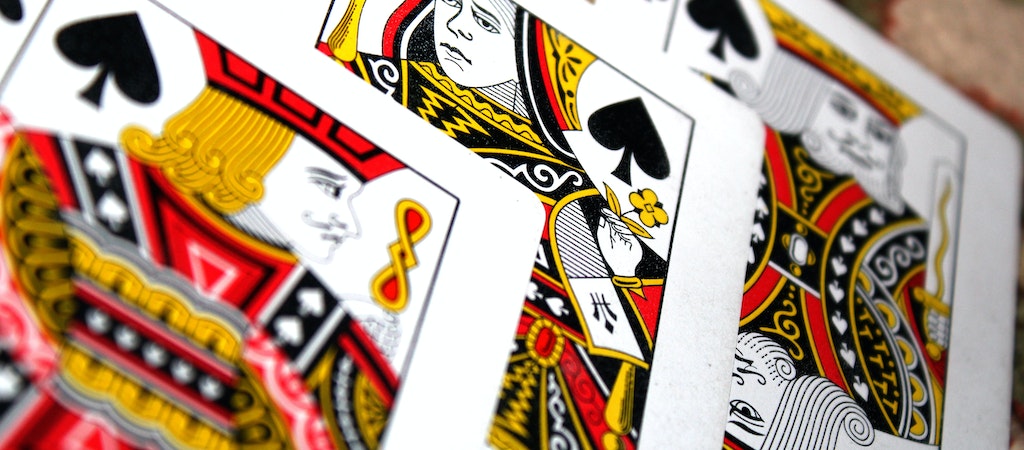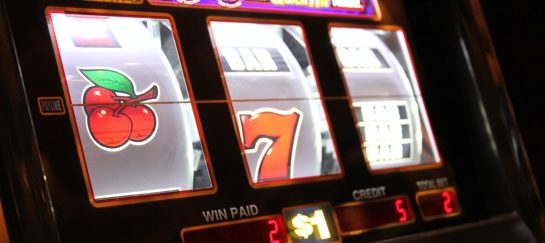
Top 10 Crazy Good Bluffing Strategy Techniques in Poker | Unbelievable Tactics!
The art of bluffing in poker is one of the most important skills a player can master in order to become successful. Certainly, it is not enough to just know the order of poker hands and play along; sometimes bluffing is necessary.
While some may consider bluffing to be a wicked tactic, it is actually an essential part of the game and can be used in order to gain an advantage over your opponents. Bluffing involves deceiving your opponent into believing you have a better hand than you actually do, thus forcing them to fold and allowing you to take down the pot.
Bluffing Strategy Techniques
Although there are no set rules for how and when to bluff, there are certain strategies that can lead to success.
Here are the top 10 crazy good bluffing strategies in poker:
Observe Your Opponents
Before attempting any type of bluff, it’s important to observe the other players at the table so you know which ones are more prone to folding or calling weak hands, even if you do not know who has the best poker hands in order. You should pay close attention to their betting patterns as well as their body language, which can tell you whether or not they have a strong hand or if they’re trying to bluff themselves.
Make Unusual Bets
When making bets during a bluff, try mixing up your bet sizes instead of sticking with one size all the time. This will keep your opponents guessing if you know the order of winning poker hands and make it harder for them to read your hand correctly. It’s also important not to overestimate how much you need in order to win—often times, smaller bets can work just as well as large ones when trying to deceive an opponent.
Pre-Flop Bluffing
Pre-flop bluffs involve raising before seeing any cards on the flop in order to convince other players that you have a stronger hand than you actually do. This requires careful consideration and timing, since it’s usually best done when there are few other players left in the pot (especially those who like limping or calling small raises).
Post-Flop Bluffing
Post-flop bluffs involve betting aggressively after seeing some community cards on the board, despite having nothing particularly strong yourself. The idea here is that by giving off false tells about having made something on the board, opponents may fold and allow you to take down the pot without risking too much money yourself. Again, this technique is best used when there are few other players left in the pot who may call weak hands out of position (i.e., ones that don’t have many outs).
Float Bluffing
Floating refers to calling pre-flop raises with weaker hands before seeing any cards on the flop in order to pick up more information about what kind of hand(s) your opponents might have before committing more chips into the pot later on down the line if needed (unless they’ve already folded due to being deceived by your actions). This requires skillful observation as well as psychological awareness, as opponents with strong hands (or those who suspect floating) can call out such attempts easily if they know what they’re looking for!
Continuous Bluffing
Continuous bluffs involve making several aggressive bets in consecutive rounds regardless of whether or not any new cards come up on subsequent turns; this puts pressure on your opponents while also helping disguise what kind of hand(s) you might be holding yourself from turn-to-turn/street-to-street since each bet is ultimately unpredictable! Again, this is best used against tight players who aren’t likely to call big bets unless they’re absolutely confident about having something strong themselves — otherwise, continuous bluffs can easily backfire against experienced or loose opponents!
Semi-Bluff Betting
Semi-bluffing is a technique that involves betting on weaker hands with the intention of making them stronger after subsequent rounds. This can work well against opponents who would otherwise be likely to fold in response to regular bluffs since semi-bluff bets have a greater chance of actually hitting something strong by the river than typical bluff attempts.
Check Raise Bluffing
Check raising is a powerful bluffing technique that involves checking early and then raising upon seeing how your opponent reacts (as opposed to betting pre-flop and then calling any raises). It’s important to remember, however, that this tactic can backfire if an opponent calls the check bet and then catches something strong on the turn or river — in which case it may be best to simply fold and save your chips!
Position Bluffing
Position bluffing involves raising or re-raising in later positions (after most other players have acted) in order to give the impression that you’ve caught something strong on the flop — even when you actually haven’t! This tactic is especially effective against opponents who tend to limp into pots and call multiple raises pre-flop with weaker hands, as they are more likely to miscalculate their odds of holding onto a winning hand since they didn’t start the hand with much of an edge over you in terms of position.
Slowplay Bluffing
Lastly, slowplay bluffs involve betting weakly on strong hands in order to trick opponents into calling bets, despite having the odds fold. Although this tactic can be effective against loose or inexperienced players who don’t consider pot odds when deciding whether or not to stay in a hand, it should be used sparingly as it has the potential of backfiring if your opponents do catch something stronger than you during subsequent rounds/streets!
Takeaway
Hopefully, by now, you have a better understanding of how various bluffing techniques work to complement your knowledge of poker hands ranked in order. Remember — practice makes perfect! The more bluffs you attempt (and successfully execute!), the better you’ll eventually become at deceiving your opponents and taking down pots without showing down any kind of cards because poker is more than just the poker cards order.
Good luck at the tables, and remember to stay mindful of your decisions and actions, as well as those of your opponents. Knowing when and how to bluff can be a powerful tool in poker, but the most important thing is always making sure that you play with good judgment and respect for your fellow players.
Experience poker today at GGPoker, the world’s largest poker room.
Daily Newsletter
Subscribe to Jebiga for a dose of the best in gear, design, rides, tech and adventure.






